Blog
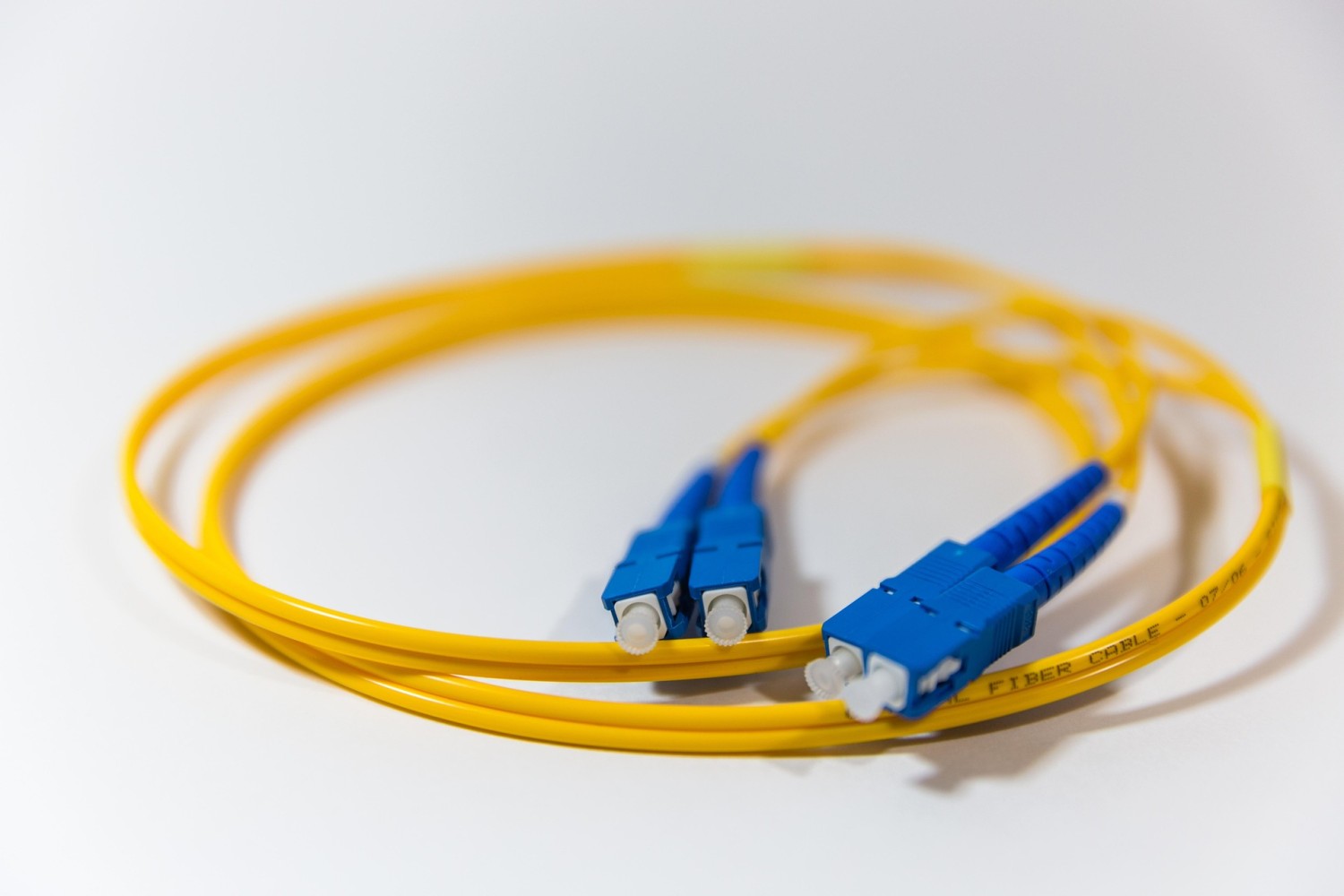
How to Effectively Clip Your Cat 6 Cable Using RJ45
How to Effectively Clip Your Cat 6 Cable Using RJ45
View More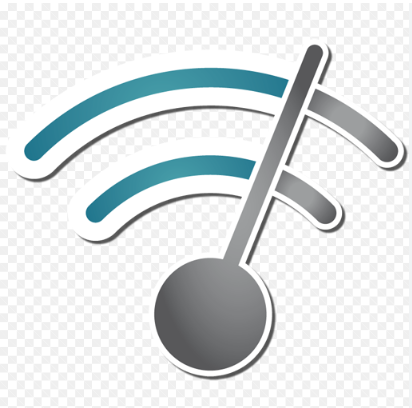
How long can fiber optic cables be installed without requiring signal boosting or regeneration?
Fiber optic cables can transmit data over long distances without significant loss of signal quality, but the distance before signal degradation occurs depends on several factors, including the type of fiber optic cable used, the wavelength of the light signal, and the network's application.
View More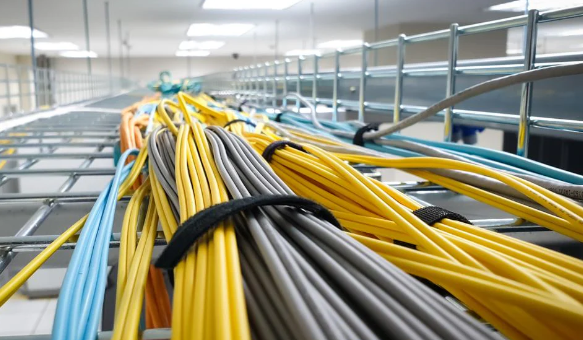
What are the advantages of fiber optic AV systems in government applications?
Fiber optic AV systems provide numerous advantages in government applications due to their advanced technological features and adaptability. Here's an in-depth look at their benefits:
View More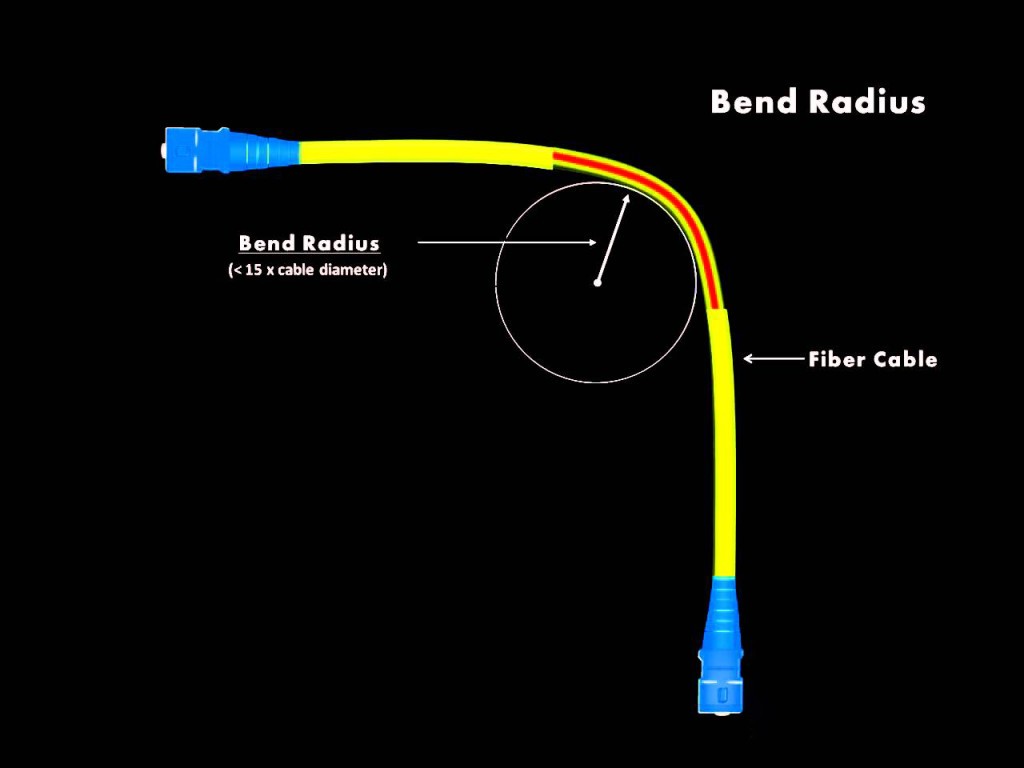
What is a bend-insensitive fiber, and when should it be used?
Bend-insensitive fiber has revolutionized the fiber optics industry by enabling flexible, high-performance networking solutions in environments where traditional fibers might struggle. Its ability to maintain signal integrity under sharp bends and tight spaces makes it indispensable in modern applications such as data centers, FTTH networks, and industrial environments. While its use may not be necessary in every situation, bend-insensitive fiber provides a clear advantage in scenarios where space constraints and complex cabling routes are unavoidable. As network demands continue to grow, bend-insensitive fiber is set to become an integral part of the infrastructure that powers the digital world.
View More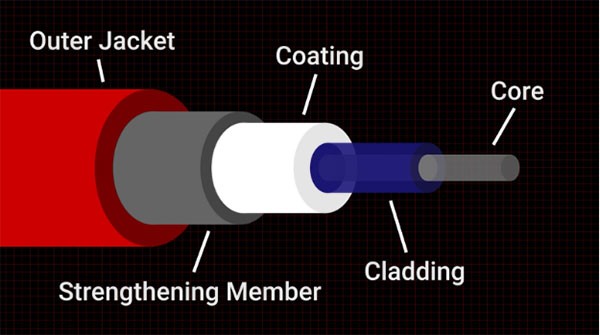
What is the difference between single-mode and multi-mode fiber optic cables?
Fiber optic cables are essential for high-speed data transmission, but not all fiber cables are created equal. The two primary types—single-mode and multi-mode—serve different purposes and have distinct characteristics that make them suitable for various applications. Here's a breakdown of the key differences between the two:
View More
What Is the Lifespan of Fiber Optic Cables?
Fiber optic cables have become the backbone of modern communication, powering everything from high-speed internet to global telecommunications networks. As these cables continue to be installed worldwide, one question often arises: What is the lifespan of fiber optic cables? Understanding the longevity of these cables is crucial for network planning, maintenance, and investment decisions
View More
How Do I Test the Quality of a Fiber Optic Cable?
Testing the quality of a fiber optic cable is crucial for ensuring reliable network performance. Here’s how you can effectively test the quality:
View More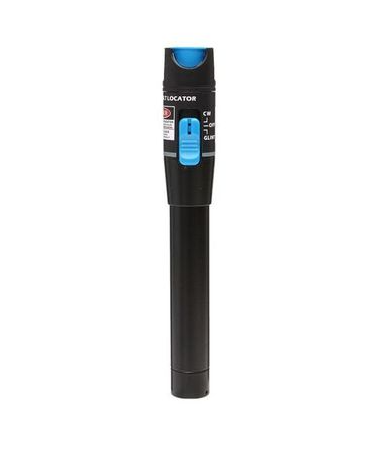
The Essential Guide to Visual Fault Locators for Fiber Optic Cables
In the world of fiber optic networks, ensuring the integrity and performance of cables is critical. A single fault in the fiber can disrupt communication, leading to downtime, data loss, or reduced network efficiency. One of the most effective tools for quickly identifying and diagnosing these faults is the Visual Fault Locator (VFL). In this blog, we’ll explore what a VFL is, how it works, and why it’s an indispensable tool for anyone involved in fiber optic maintenance and troubleshooting.
View More
How to Login to Tenda router
By following the steps outlined, you should be able to successfully log in to your Tenda router and manage your network settings effectively. If you continue to experience difficulties, don’t hesitate to reach out to Tenda’s customer support for further assistance.
View More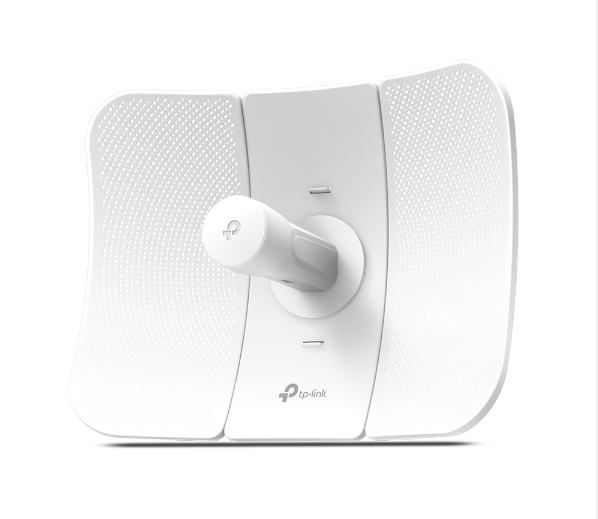
What is an outdoor Wireless CPE?
Outdoor wireless CPE (Customer Premises Equipment) is a device installed at the customer’s location, specifically designed to deliver internet connectivity in outdoor environments. These devices act as a bridge between the service provider's network and the user's equipment, such as routers or access points. Outdoor CPEs are engineered to withstand harsh weather conditions while maintaining strong and stable connections, making them ideal for outdoor installations in rural areas, large properties, and businesses requiring outdoor network coverage.
View More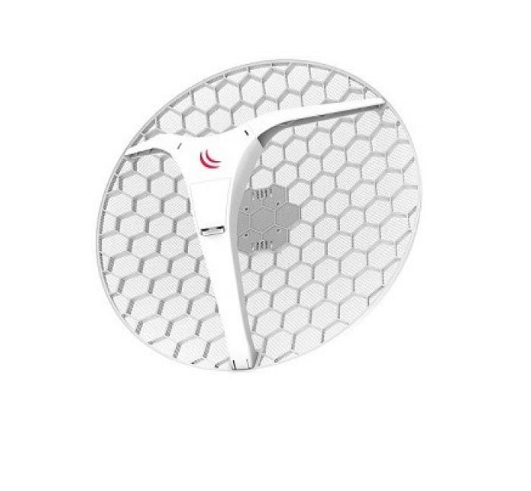
Maximizing Connectivity with Point-to-Point Antennas: A Comprehensive Guide
Point-to-point antennas are a valuable tool for establishing high-speed, long-distance wireless connections. Whether you’re expanding network coverage for a business, connecting remote locations, or improving internet service in underserved areas, these antennas provide a robust and reliable solution. By understanding their benefits, applications, and key features, you can make an informed decision and optimize your network connectivity with point-to-point antennas.
View More463
0
734
172

